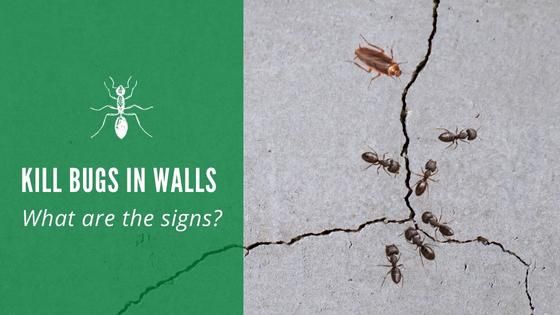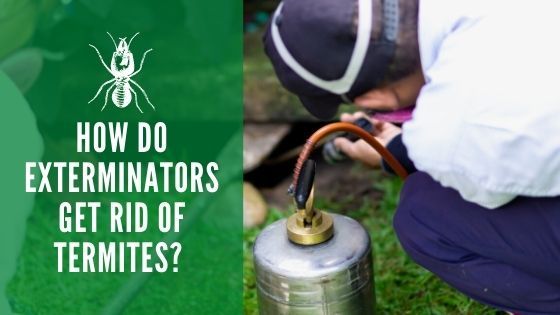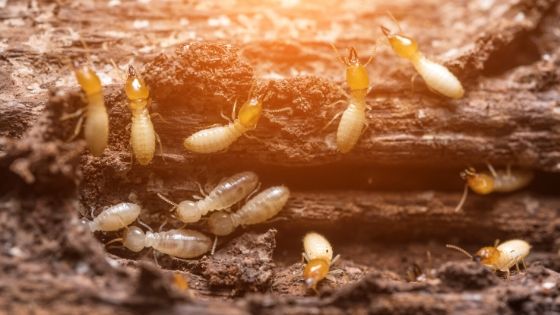Carpenter Bees vs Termites Damage
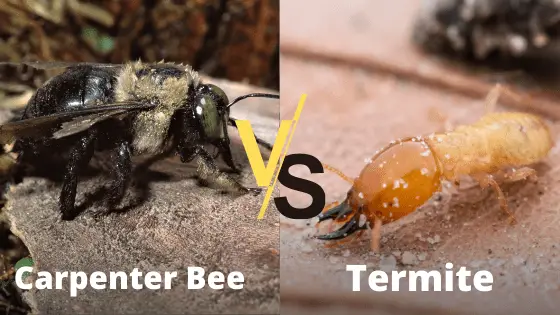
Visually, the carpenter bee and a termite look very different. It’s not difficult to tell the difference between them. If you’ve spotted damage in your home that you know is caused by an insect but don’t know what caused it, there may be a couple of different options to consider. Carpenter bees and termites are two insects that can wreak quite a bit of havoc. Do you know the difference between a carpenter bee and termite damage?
How to Identify Carpenter Bee Damage
As one of the most common insects to cause damage to wood, carpenter bees are found throughout the U.S. They like to make their home inside of an old tree that is very soft, but they’ll make themselves comfortable inside of the wood in your home if they’re given access.
You have carpenter bee damage if you see holes that are approximately one inch deep, and there’s sawdust around. There may also be stains on the outer edge of the holes.
Why Do Carpenter Bees Cause Damage to Wood?
While other insects like termites like to consume wood, carpenter bees simply tunnel through the wood to make their different chambers for nesting. The tunnels can end up being anywhere from four to six inches in length. Six to eight of these chambers are created at a time, so the queen can lay an egg in each one. If a carpenter bee colony were to be left alone for many years, their entire network of tunnels could be many feet long.
How Bad Can Carpenter Bee Damage Get?
A single carpenter bee isn’t going to cause a ton of damage to your home or property. The problem comes in when you have a very developed nest that has many bees coming and going. In general, carpenter bees don’t like treated wood. It’s likely a lot of your home is constructed with treated wood, so look for them in other areas of your yard.
If a carpenter bee colony does take over a section of your home, you may start to see certain portions weakening or sagging. This is because of many holes that are compromising the integrity of the wood.
How to Identify Termite Damage.
Once termites make themselves at home, they don’t emerge very frequently. Carpenter bees usually clue you into their nesting behavior because you see them coming and going to one access point. You’ll probably one come across the termites if you find the damage or you see a swarm of them being disturbed.
You’ll find small holes where the termites are working their way into the wood of your home, but you’ll also notice that the layers are being chewed away. It may even look like something was scratching or scraping away the area that’s infested. Carpenter bees simply make their holes. You’ll notice more damage with termites.
Why Do Termites Cause So Much Damage?
Termites quickly create a large society to live within, and they really like the warmth and comfort of your home. Each termite works hard to keep each other fed. You can have a maximum of about 4,800 termites in one colony. When they’re all trying to create food from wood, this is when a large amount of damage will occur.
Workers, soldiers, and reproducing termites comprise a colony. Essentially, the king and queen are the ones that do the reproducing. They also begin the colony. The reproductive termites are responsible for your termite problem. They are the ones that determined your home was the best location to settle in.
What to Do If You Are Experiencing Carpenter Bee or Termite Damage
Luckily, carpenter bees aren’t generally very aggressive. The queen has the ability to sting, but she won’t really do so unless she’s very threatened. The worker bees may fly towards you in an aggressive way, but they’re also not likely to sting.
If you find carpenter bees in your yard, come back in the evening to spray them with an insecticide that is designed with specifically carpenter bees in mind. Make sure that you come back and repair the wood. Otherwise, it can be used again next season.
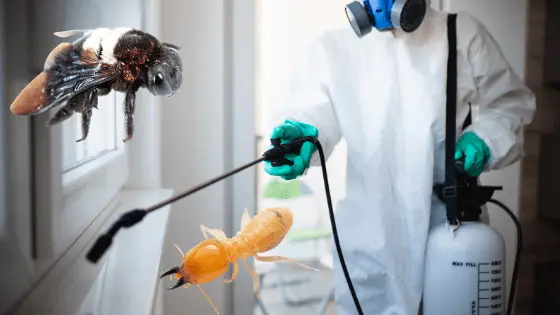
Termite damage typically requires the help of a professional. You want to ensure that you’re targeting all the termites properly, so they don’t spread out to other areas of your home.
There are a couple of different types of termites, so identifying them will determine what kind of product should be used. You can usually apply the products right to the wood. Once they have been removed, it’s necessary to fill the holes and replace the damaged wood.
You should also create a protective barrier around your home to keep more termites from coming inside. You would dig a small trench around the perimeter of your home, and you can bury termite poison in that trench before covering it back up.
Sources:
https://www.premierpestprevention.com/termites-cause-much-damage/
https://www.amdro.com/learn/wood-damaging-pests/identifying-and-controlling-carpenter-bee-damage

